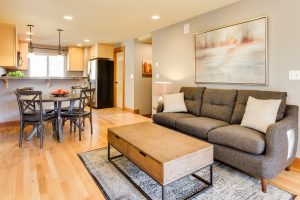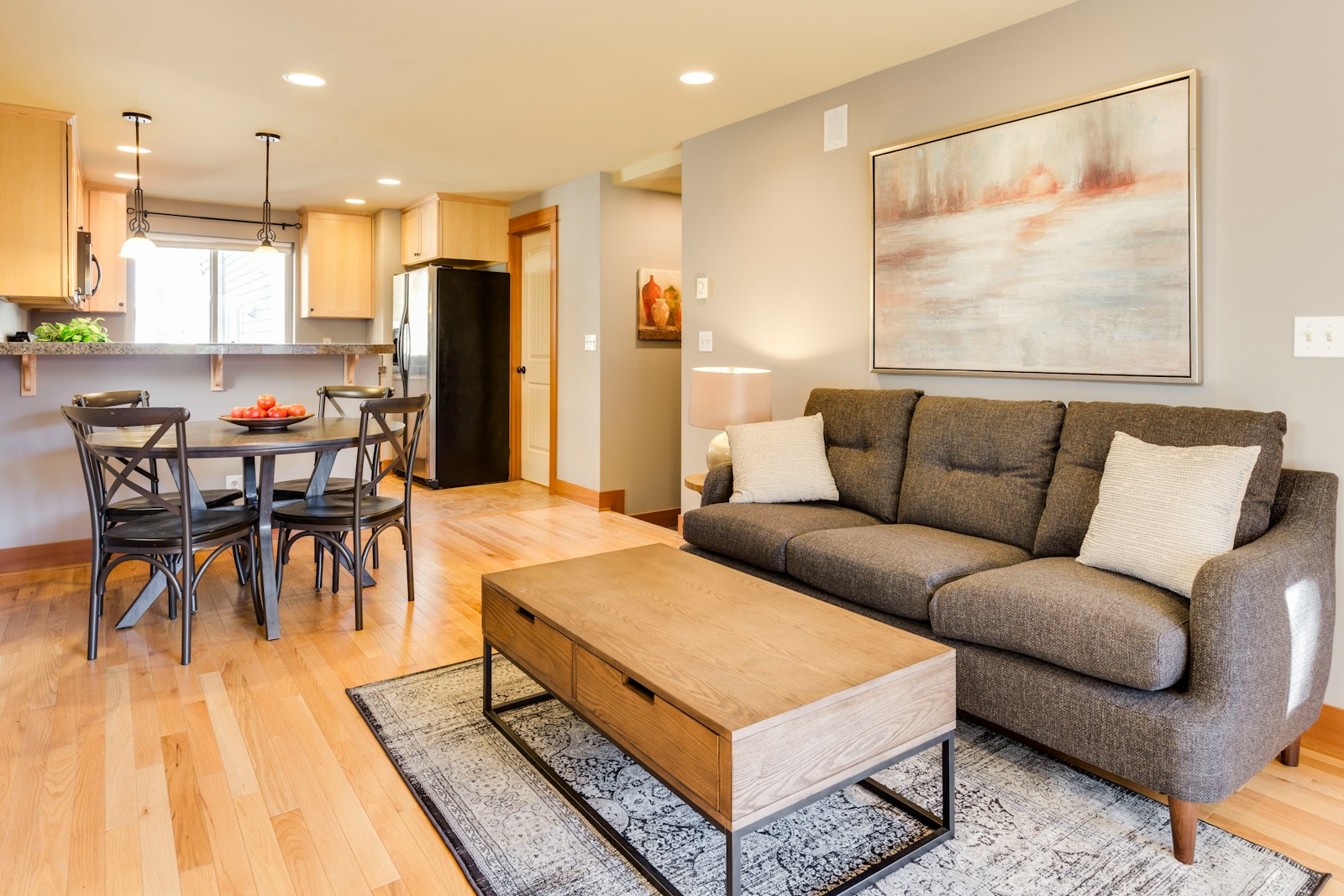
Hardwood floors, when properly cared for, can grace a home for generations, becoming a cherished feature that adds both beauty and value. However, ensuring their longevity requires a proactive and consistent approach to long-term maintenance.
This guide provides a detailed roadmap for safeguarding your hardwood floors, addressing everything from preventative measures to periodic treatments, ensuring they remain a testament to enduring elegance.
Understanding the Long Game: The Evolving Needs of Hardwood:
Hardwood floors are dynamic, responding to their environment and the wear and tear of daily life. Long-term care involves understanding these changes and implementing strategies to mitigate their effects.
- The Aging Process: Over time, the finish on hardwood floors will wear down, making them more susceptible to scratches, dents, and moisture damage.
- Environmental Factors: Changes in humidity, temperature, and sunlight can impact the wood’s stability and appearance.
- Lifestyle Considerations: High-traffic areas, pets, and children can accelerate wear and tear.
Building a Foundation: Preventative Measures for Long-Term Care:
The cornerstone of long-term hardwood care is prevention. By implementing these measures, you can minimize damage and extend the life of your floors.
-
Strategic Environmental Control:
- Consistent Humidity: Maintain a relative humidity level between 35% and 55% year-round. Use a hygrometer to monitor levels and employ humidifiers or dehumidifiers as needed.
- Temperature Regulation: Avoid extreme temperature fluctuations, as they can cause wood to expand and contract, leading to warping or cracking.
- UV Protection: Shield floors from direct sunlight with curtains, blinds, or UV-blocking window film to prevent fading and discoloration.
-
Reinforced Protection:
- High-Quality Finish: When installing or refinishing, opt for a durable, multi-layer finish that provides superior protection against wear and moisture.
- Area Rugs and Mats: Place rugs and mats in high-traffic areas, near doorways, and under furniture to absorb impact and prevent scratches.
- Felt Pads and Furniture Glides: Attach felt pads or furniture glides to the legs of all furniture to prevent scratches and dents when moving.
-
Proactive Maintenance Practices:
- Regular Cleaning Routine: Establish a consistent cleaning schedule, including daily dusting or sweeping, weekly vacuuming with a soft brush attachment, and occasional damp mopping with a hardwood-specific cleaner.
- Immediate Spill Response: Clean up spills immediately with a dry cloth to prevent moisture damage.
- Pet Care: Keep pet nails trimmed and consider placing mats or rugs in areas where pets frequently walk or play.
Periodic Treatments: Revitalizing and Restoring Hardwood:
Even with diligent preventative care, hardwood floors will require periodic treatments to maintain their beauty and integrity.
-
Recoating:
- Purpose: Recoating involves applying a fresh layer of finish to the floor, restoring its protective barrier and shine.
- Frequency: The frequency of recoating depends on the floor’s traffic and wear, typically every 3-5 years.
- Professional Application: Recoating is best performed by a professional to ensure a smooth, even finish.
-
Screening and Recoating:
- Purpose: Screening, or buffing, involves lightly abrading the existing finish to remove minor scratches and imperfections before applying a new coat of finish.
- Benefits: This process can revitalize the floor’s appearance and extend its lifespan.
- Professional Expertise: Screening and recoating require specialized equipment and expertise.
-
Refinishing:
- Purpose: Refinishing involves sanding down the existing finish and applying a new stain and finish.
- Necessity: Refinishing is typically required when the finish is heavily damaged or worn, or when a change in color is desired.
- Professional Service: Refinishing is a complex process that should only be performed by experienced professionals.
-
Deep Cleaning and Revitalization:
- Professional Deep Cleaning: Periodically, consider having a professional deep cleaning performed to remove built-up dirt and grime.
- Revitalizing Products: Use high-quality revitalizing products designed for hardwood floors to enhance their shine and protect the finish.
Long-Term Considerations: Adapting to Change:
Long-term hardwood care is an ongoing process that requires flexibility and adaptation.
- Lifestyle Changes: As your lifestyle changes, adjust your care routine accordingly. For example, if you acquire pets or have children, increase the frequency of cleaning and consider adding more protective measures.
- Environmental Shifts: Be mindful of changes in your home’s environment, such as renovations or changes in humidity levels, and take steps to mitigate their impact on your floors.
- Professional Consultation: Consult with a hardwood flooring professional for advice on long-term care and maintenance.
Amazon Product Recommendations for Long Term Care:
- 3M Scotchgard Protector for Furniture and Upholstery:
- While not directly for floors, protecting furniture will reduce the risk of future floor damage. This product adds a strong protective layer to furniture.
Felt Furniture Pads X-PROTECTOR 133 PCS Premium Furniture Pads
- Nordic Pure 16x25x1 MERV 12 Pleated AC Furnace Air Filters:
- High quality air filters greatly reduce the amount of dust and other particulates that can scratch and damage hardwood floors.
- Nordic Pure
Conclusion:
Long-term hardwood care is a commitment to preserving the beauty and value of your floors for generations to come.
By implementing preventative measures, utilizing periodic treatments, and adapting to change, you can ensure your hardwood floors remain a timeless and cherished feature of your home. Remember that consistency and attention to detail are key to achieving enduring elegance.
